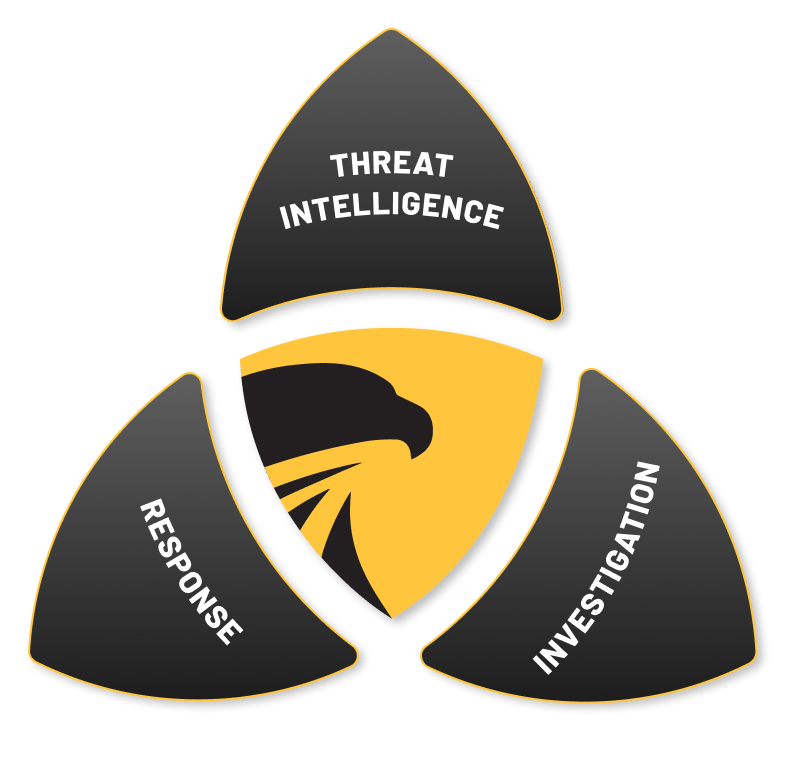This website uses cookies so that we can provide you with the best user experience possible. Cookie information is stored in your browser and performs functions such as recognising you when you return to our website and helping our team to understand which sections of the website you find most interesting and useful.
Cybersecurity For Healthcare Providers
Automate Threat Intelligence for Enhanced Security
Through the automated collection and processing of intelligence, Analyst1 allows you to collect and organize data from multiple sources, then analyze and assess the severity of threats.
Streamline Cyber Threat Monitoring & Control
Monitor threat actors, IOCs, malware and ATT&CK activity over time to take control over your cybersecurity with Analyst1.




Benefits of Analyst1
-
Automate the identification, collection and correlation of diverse information
-
Deploy effective countermeasures across multiple intrusion detection and prevention systems
-
Identify and mitigate cyber threats by implementing cybersecurity processes
-
Maintain traceability between evidence, indicators, rules and sensors
-
Determine why a rule was created, what it looks for and what sensors are tasked for
-
Obtain visibility into intrusion detection and prevention systems to maintain awareness of sensor types, enforced rules, POCs, physical locations and logical locations

Contact Us
Ask us how we can improve cybersecurity across your healthcare organization.
FAQs About Analyst1 For Healthcare Cybersecurity
With Analyst1, you can automate the process of identifying, gathering and correlating threats, allowing you to implement and manage effective countermeasures to mitigate cyber threats.
Analyst1 is built to address cybersecurity challenges in the healthcare sector to keep patient data protected and defend your organization against cyber attacks like ransomware and phishing.
Common cyber attacks in the healthcare industry include:
- Phishing: Phishing occurs when threat actors utilize deceptive emails or messages to trick individuals into revealing personal or sensitive information such as social security numbers, bank account details and credit card numbers.
- Ransomware: Ransomware is a type of cyber attack in which malware, or malicious software, is used to encrypt the victim’s files or entire computer system to lock them out of their data. The attacker then demands a ransom, usually in cryptocurrency, to regain access to their data.
- Distributed Denial of Service (DDoS): DDoS is a type of cyber attack in which multiple compromised computer systems are used to overwhelm a single system, server or network with a heavy amount of internet traffic. This cyber attack disrupts the normal operations of a website or server, significantly slowing it down.